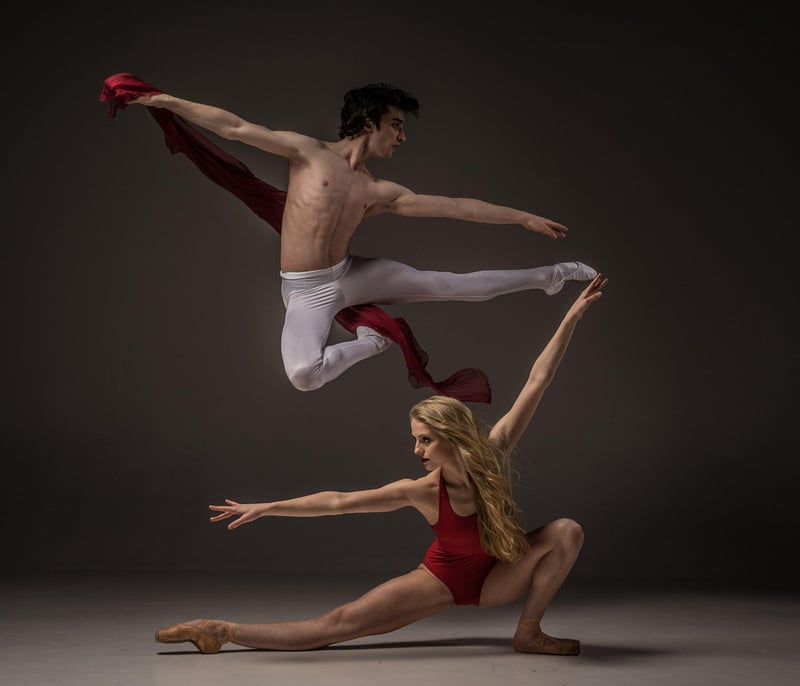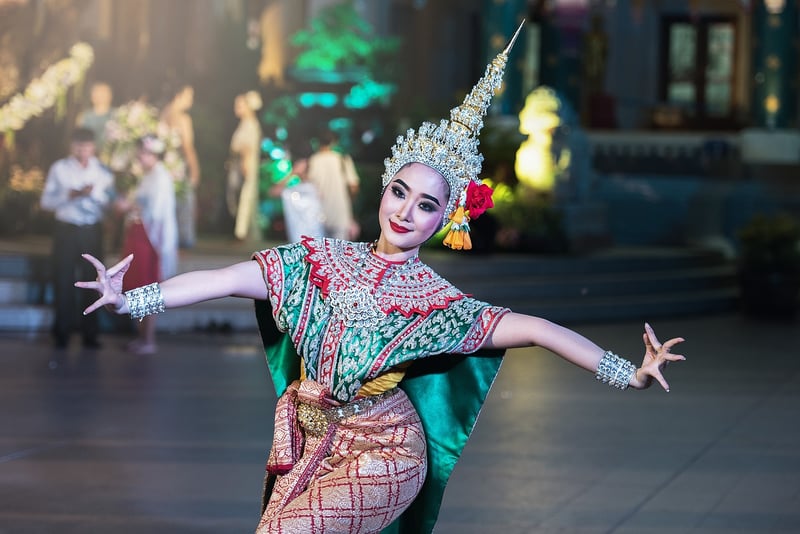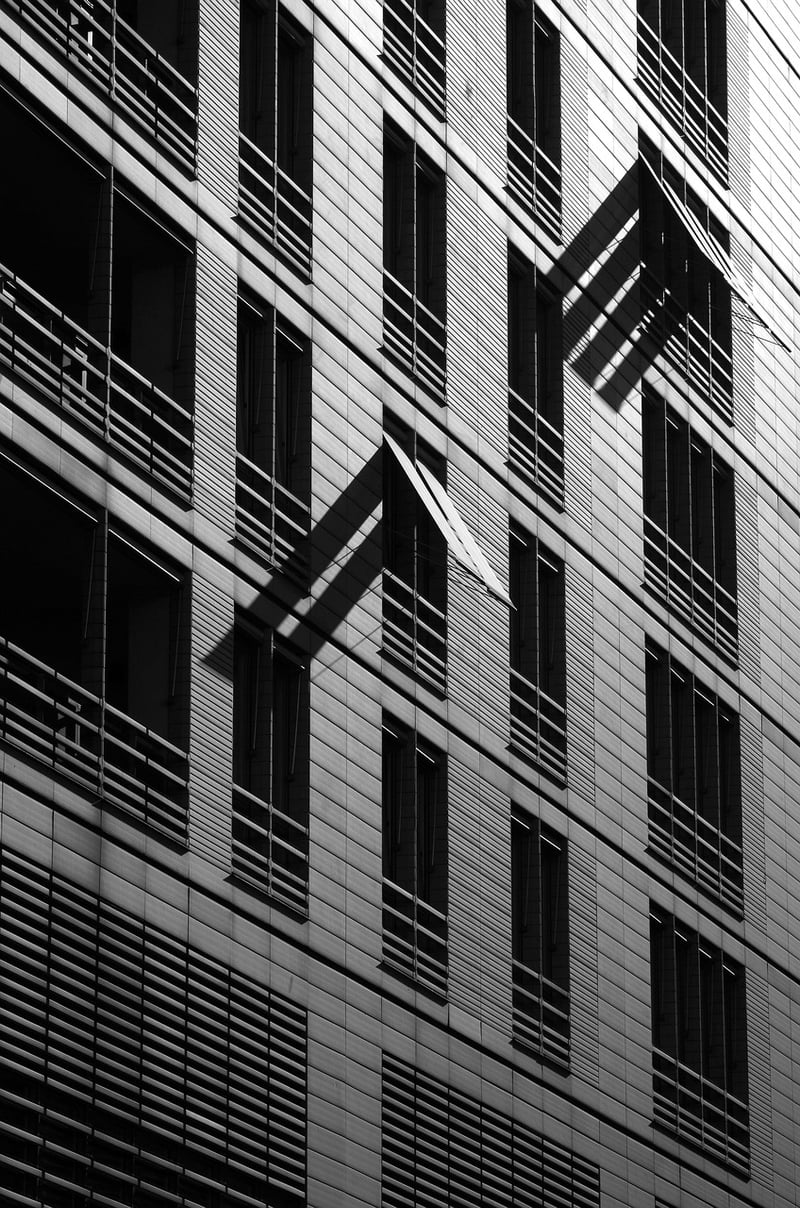Contemporary
The Power of Expressive Movement in Contemporary Art

Expressive movement is a fundamental element in contemporary art, allowing artists to convey emotions, ideas, and narratives through physical gestures. In the realm of contemporary art, the integration of expressive movement adds a dynamic and engaging dimension to various creative expressions.
Exploring Emotions Through Movement
Through expressive movement, artists can explore a wide range of emotions such as joy, sorrow, anger, and love. By using their bodies as a canvas, they can communicate complex feelings that may be challenging to express through words alone.
Theater and Dance as Expressive Forms
Theater and dance are two prominent art forms that heavily rely on expressive movement to communicate with audiences. Dancers and actors use their bodies to convey narratives, evoke feelings, and create powerful visual imagery that resonates with viewers.

Contemporary Art and Physical Expression
In contemporary art, artists often blend various forms of physical expression, including dance, performance art, and experimental theater, to create immersive and thought-provoking experiences for their audiences. This interdisciplinary approach challenges traditional boundaries and opens up new possibilities for artistic expression.
Interactive Installations and Performance Art
Interactive installations and performance art pieces frequently incorporate expressive movement to engage viewers on a sensory and emotional level. By inviting audience participation and interaction, these artworks blur the lines between the performer and the observer, creating shared moments of connection and reflection.

The Future of Expressive Movement in Art
As contemporary artists continue to push boundaries and experiment with new forms of expression, the role of expressive movement in art is likely to evolve and expand. From virtual reality experiences to site-specific performances, the possibilities for integrating movement into artistic practices are endless.
Embracing expressive movement in contemporary art not only enriches the creative process but also fosters deeper connections between artists, audiences, and the wider cultural landscape.
